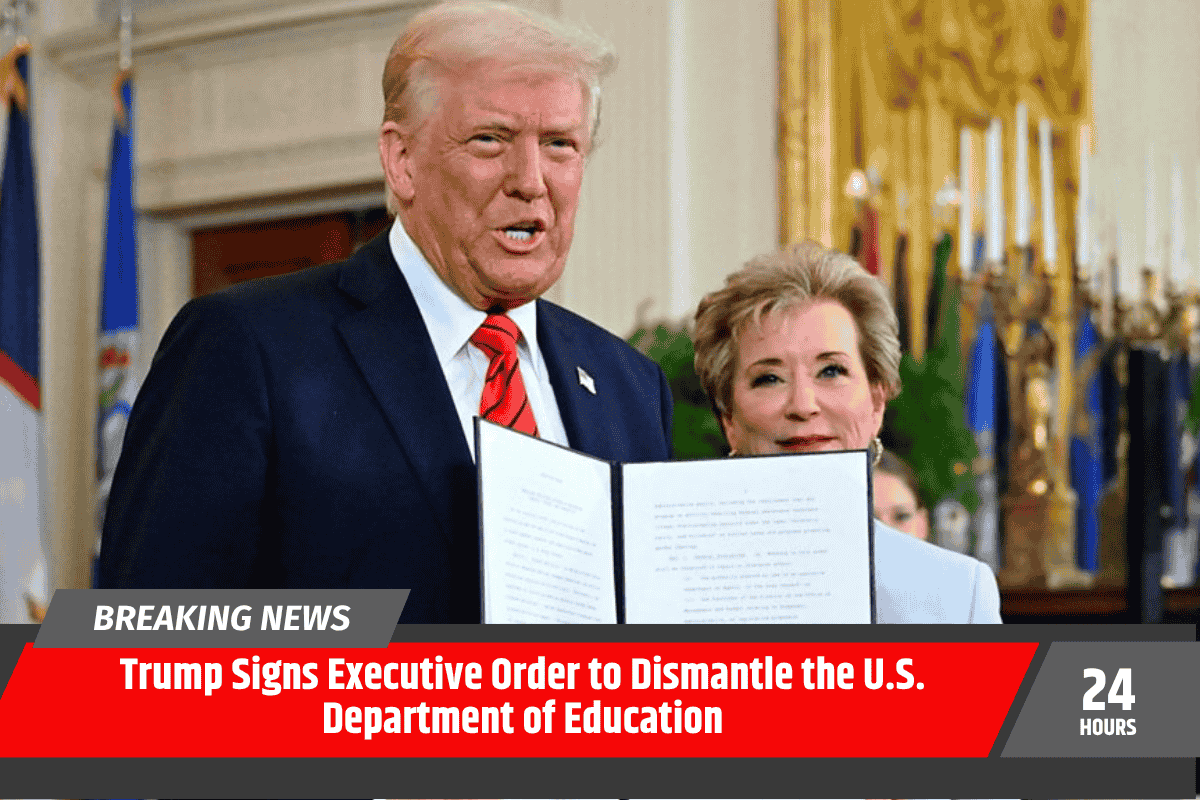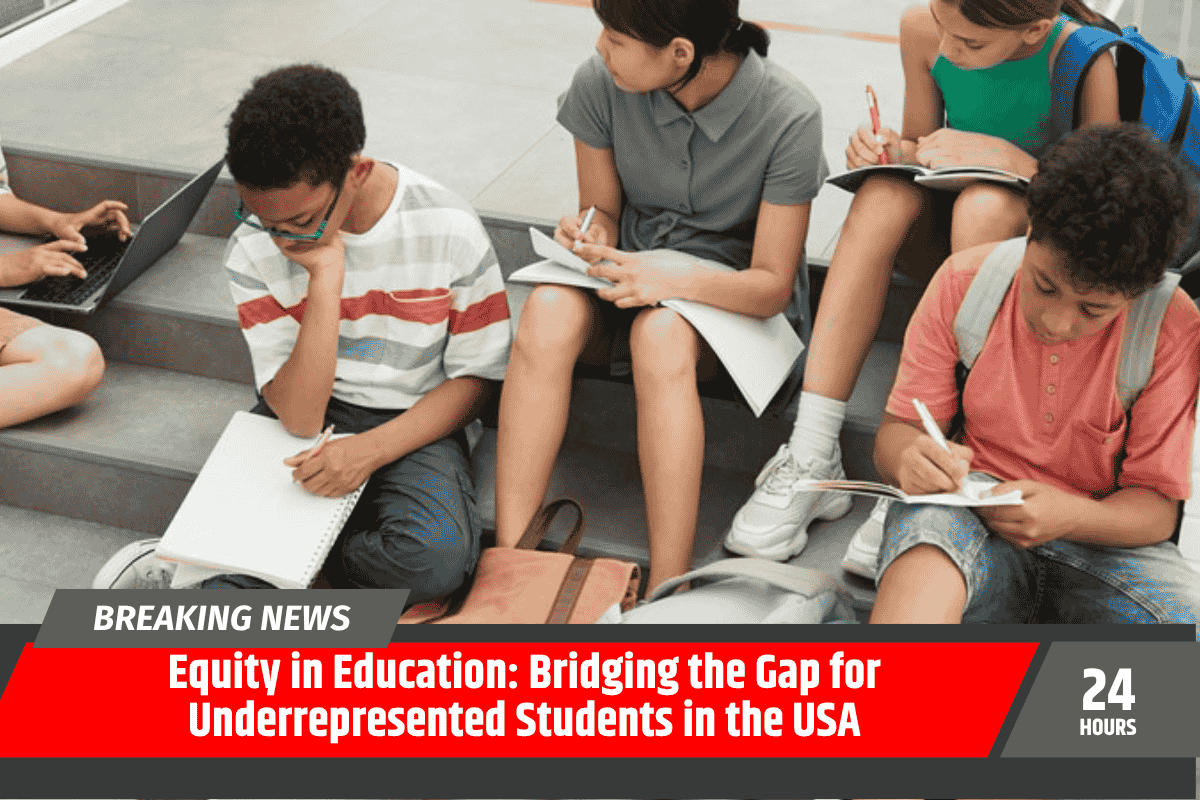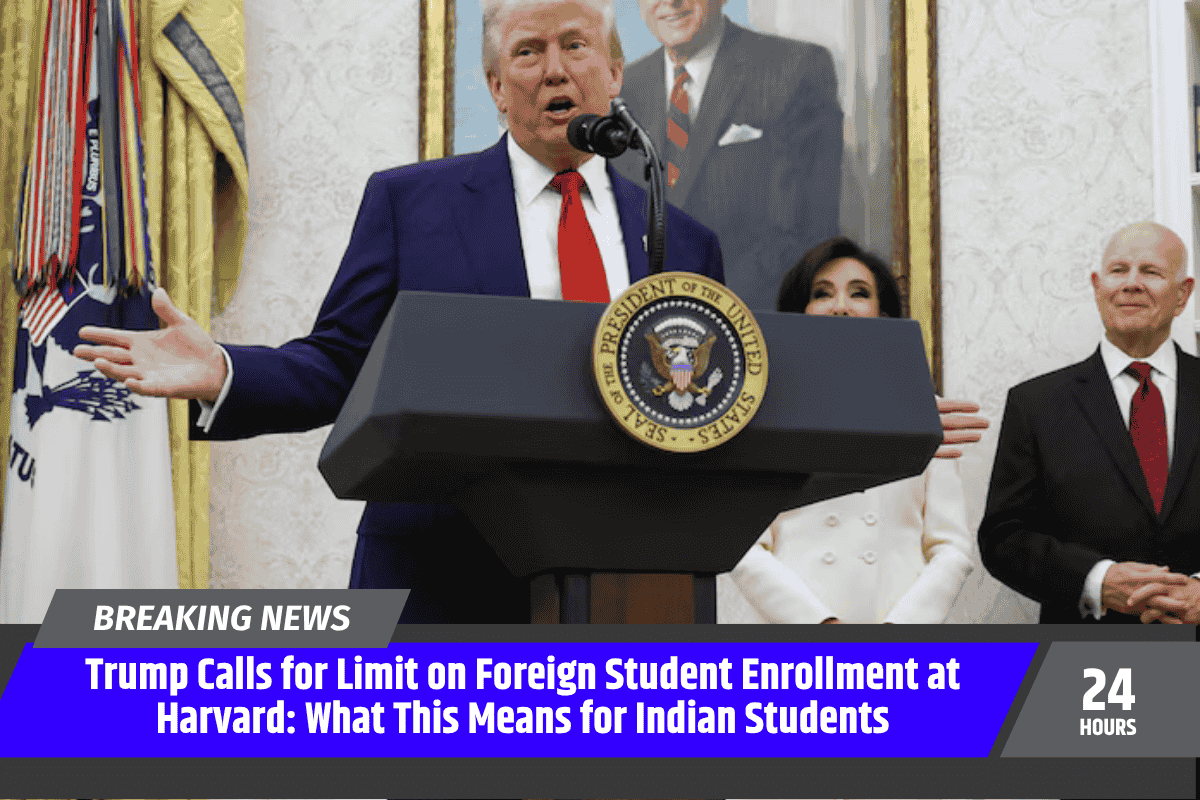In a significant move on Thursday, President Donald Trump signed an executive order aimed at dismantling the U.S. Department of Education, fulfilling a long-standing campaign promise.
The Republican president has long criticized the agency, accusing it of “breath-taking failures” and vowing to return its funding to individual states.
While Trump declared his intention to shut down the department “as quickly as possible,” the White House acknowledged that such an action would require an act of Congress, making it unlikely in the short term.
Legal Challenges and Opposition
The decision to close the Department of Education is already facing legal opposition, with several groups seeking to block the shutdown and the sweeping staff cuts that were announced last week.
The department, which oversees federal student loans and various educational programs, is integral to U.S. public education, although it does not control school curricula, which is primarily managed by states and local districts.
Trump’s move to dismantle the department has drawn significant criticism from those who believe the federal government should play a central role in ensuring equal education opportunities across the country.
The department itself is responsible for administering programs that support low-income students and has a relatively small budget compared to other federal agencies. However, many see it as vital for addressing national educational disparities.
Funding and Role of the Department of Education
Contrary to popular belief, the U.S. Department of Education does not operate schools or set curricula—this is primarily handled by state and local school districts.
Federal funding accounts for only about 13% of the total funding for primary and secondary education, with most of the money coming from state and local taxes.
The department, established in 1979, is responsible for administering student loans, overseeing educational programs, and assisting low-income students.
Trump’s criticism of the department also centers on his belief that it has been “indoctrinating” students with political, racial, and sexual content.
Despite the U.S. spending a significant portion of its GDP on education—approximately 5.4%, according to UNESCO—Trump argued that American students consistently rank poorly in global education rankings.
The U.S. education system, despite its high expenditure, faces challenges related to quality, equity, and opportunity.
Trump’s Plans and Executive Order Details
The executive order signed by Trump directs Linda McMahon, whom he appointed to lead the Department of Education, to take “all necessary steps to facilitate the closure” of the agency.
It also asks her to ensure that services, programs, and benefits currently provided by the department are seamlessly transferred to state and local governments.
Although the specifics of the actions to be taken under the order are not clear, the order suggests that some programs might be reassigned to other departments, like the Treasury.
At the signing ceremony, Trump expressed his hope that McMahon would be the last Secretary of Education, implying that her tenure would be short-lived if the department is dissolved.
He also praised her leadership, even though the department’s future remains uncertain.
Despite the uncertainty, McMahon sent a memo to the department’s 4,400 employees, referencing the “final mission” and urging staff to make their final efforts count for the future of American education.
Legal and Political Challenges
The order has prompted immediate backlash. The American Federation of Teachers, the largest teachers’ union in the country, condemned Trump’s plans, arguing that they would undermine opportunities for disadvantaged children, particularly those in poverty or with disabilities.
The union emphasized that while nobody is a fan of bureaucracy, dismantling the Department of Education could harm the children it was created to serve.
Republicans, including Louisiana Senator Bill Cassidy, have supported Trump’s plan, with Cassidy announcing plans to introduce legislation that would officially close the department.
However, with Republicans holding a narrow 53-47 majority in the Senate, and the need for 60 votes to pass such legislation, the success of this initiative remains uncertain.
Conservative Push Against the Department of Education
For more than four decades, conservatives have criticized the Department of Education and called for its dissolution.
Even during the Reagan administration, conservatives pushed for the elimination of the department, which is the smallest agency in the federal government, accounting for less than 2% of total federal spending.
Despite its small size and relatively limited scope, the department has long been a target for conservative critics who believe that the federal government should not be involved in education.
Efforts to reduce the size of the federal government and its spending have been a hallmark of the Trump administration.
If the Department of Education were to be shut down, it could follow a similar pattern seen with other agencies, like the U.S. Agency for International Development (USAID), which experienced significant cuts under the Trump administration.
These cuts have already had a profound impact on the department’s staff, with nearly 2,100 employees set to be placed on leave.
Trump’s executive order to dismantle the U.S. Department of Education marks a bold step in his administration’s ongoing efforts to reshape the federal government.
While the department’s closure faces legal hurdles and opposition from both political opponents and unions, the executive order signals a continued push for reducing federal oversight in education.
Whether or not the department will be fully closed remains uncertain, but it is clear that the debate over the role of the federal government in U.S. education will continue to be a point of contention in American politics.








